How are you at minerals? Improper nutrition can lead to a deficiency of these nutrients. A phenomenon that does not only concern those who eat too little. But also those who introduce a caloric amount higher than the recommended one. Especially through the now known "junk food", high in calories but low in nutritional value.
Even vegetarians and vegans which, according to the Eurispes 2021 country report, represent 7,3% of the townspeople, are at risk of shortages. In particular, as the Society of the country of human nutrition (Sinu), of calcium, iron and zinc.
Two female problems
Women risk more decreases in iron and calcium. «In the first case it is a deficit that is lurking especially during the fertile age because of the cycle, especially if abundant », explains Diana Scatozza, specialist in food science and pharmacology in Milan.
“As for calcium, however, its lack depends on an increase in the body's needs. Indeed, after the age of 55 both in women and in men the bone mass is reduced and, consequently, there is a loss of this mineral and, in the vessel it is not replenished, an increased risk of osteoporosis ».
This disease, which makes bones that are porous and therefore more fragile and at risk of fractures, affects women more, especially with menopause. By decreasing estrogen hormones, in fact, their protection on the bone tissue is lost.
"In these last years cases of osteoporosis have increased not only because of the aging of the population, but also because of the increasing demonization of milk and dairy products, products rich in calcium in its most bioavailable form », comments Dr. Scatozza. "And it is above all women, that is the subjects by nature most at risk, who adhere to the current that wants them to be eliminated from the diet".
Beware of certain mixes
If you have a iron deficiency, it is best to avoid eating vegetables (however recommended) along with a food that contains it. Vegetables are in fact a concentrate of polyphenols, such as tannins, phytates and oxalates: precious antioxidant substances, which however interfere with the absorption of this mineral. In other words, it is better to avoid the classic combination of steak and salad.
Whole foods also want their attention, because consuming too many can make calcium and calcium less assimilable magnesium. And if the enemy of selenium is vitamin C, that of copper is phytic acid, present above all in cereals and legumes. A diet too rich in magnesium and prolonged use of antacid drugs, on the other hand, can interfere with the absorption of phosphorus and magnesium itself.
While an abuse of salt impoverishes the organism of its potassium resources. Finally, it should be remembered that with cooking some of the minerals present in vegetables are dispersed: to limit the damage, the ideal is to steam them or immerse them when the water is already boiling and drain them when they are still crunchy.
WHERE TO FIND THE HIGHEST DOSES
Here are the foods richest in the most precious minerals. All tasty and easy to find.
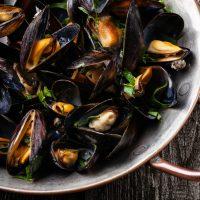
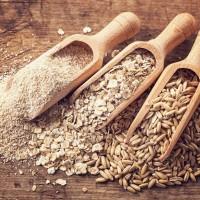
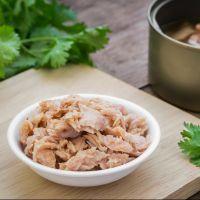
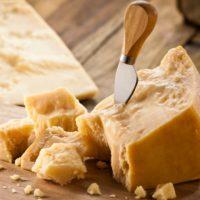
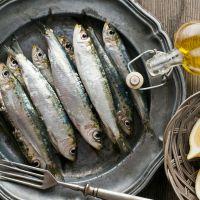
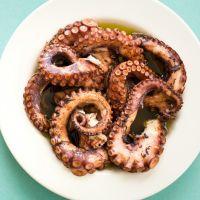
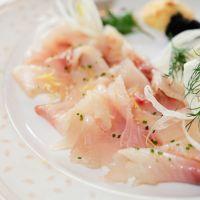
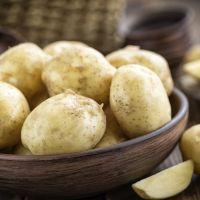

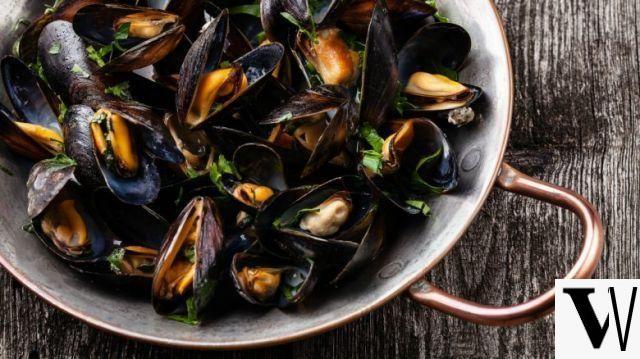
1. Mussels for iron
Iron is used to produce red blood cells, which have the task of oxygenating the tissues. A deficit causes fatigue and difficulty concentrating. You find it in fish and shellfish, meat, rocket, legumes.
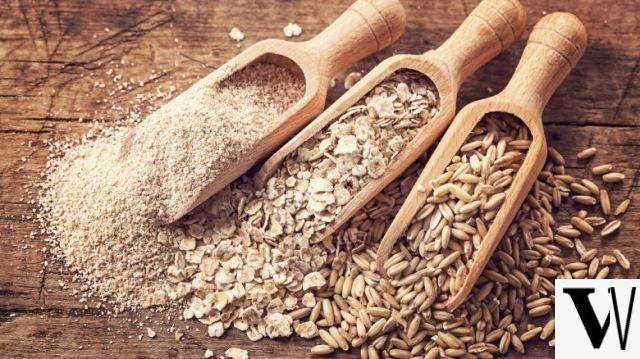
2. Bran for magnesium
Magnesium is used for the proper functioning of the nervous system. In addition to bran, it is present in green leafy vegetables, dried fruit, bananas and potatoes. Muscle irritability, cramps and numbness can be symptoms of its deficiency.
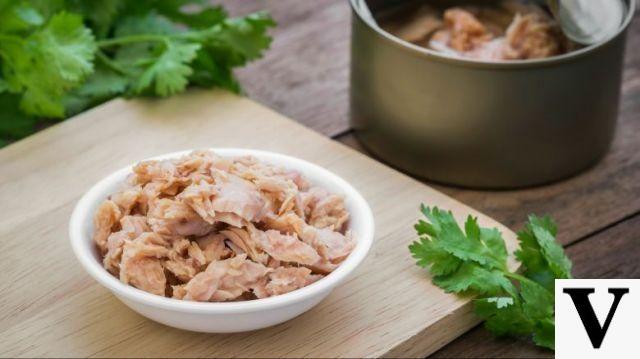
3. Tuna for selenium
Selenium is a powerful antioxidant. In addition to muscle weakness, its deficiency often leads to brittleness of nails and hair. Fish, red meat, milk and derivatives and cereals are rich in it.
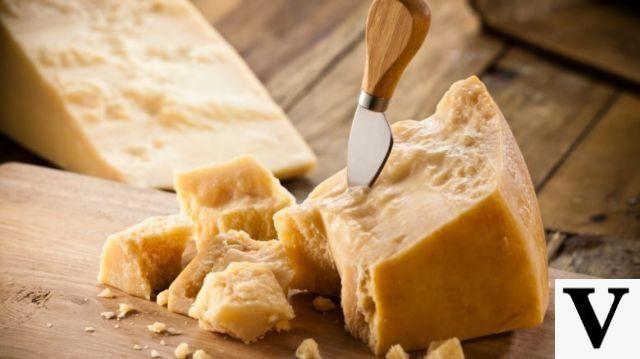
4. Grain for stock
Calcium strengthens bones and helps contract muscle fibers, including those of the heart. If you eat little, you risk cramps, heart arrhythmias, osteoporosis. You find it in cheeses, small fish, shellfish, cabbage.
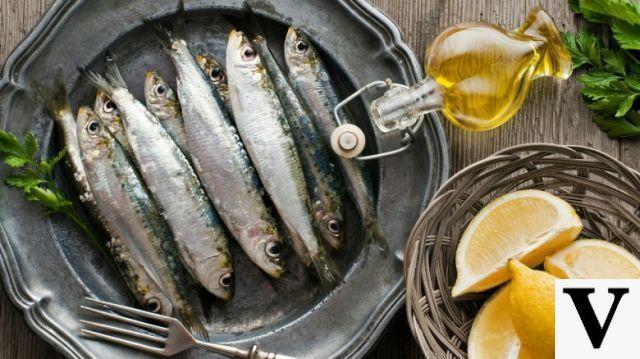
5. Sardines for copper
Copper has an antioxidant action and is involved in the formation of red blood cells and in the growth of nails and hair. They are rich in it: fish and whole grains. If it is scarce, anemia occurs.
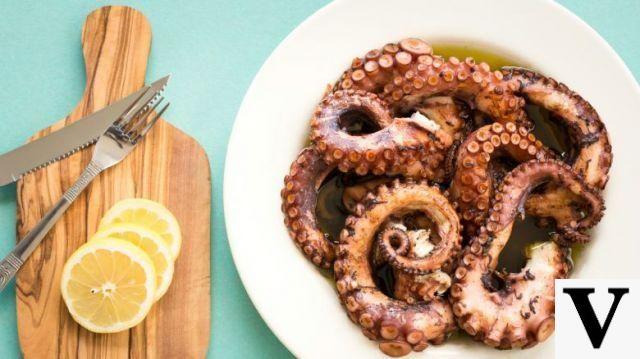
6. Octopus for zinc
Zinc is a component of several hormones, such as thyroid and insulin, so much so that many cases of glucose intolerance may be due to a deficiency of this mineral. Fish, eggs, meat and dairy products are rich in it.
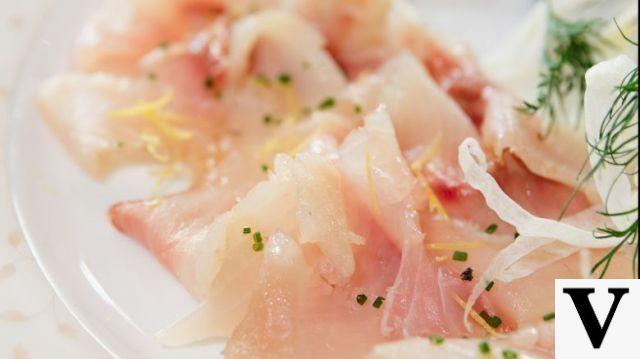
7. Sea bass for phosphorus
Phosphorus makes up bones and cell membranes and allows you to store energy. A deficit leads to a weakening of the skeletal structure and difficulty concentrating. It is found in all animal proteins, cereals and legumes.
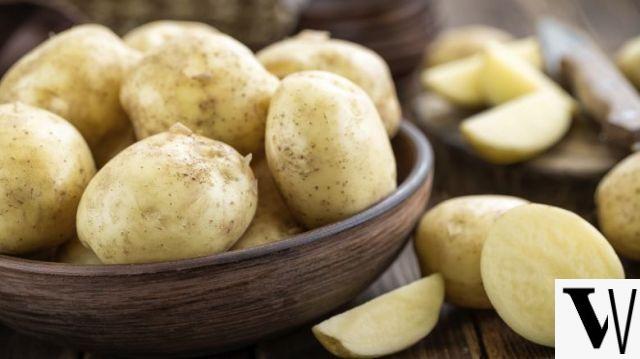
8. Potatoes for Potassium
Potassium is essential for the proper functioning of the nervous system. Its deficit is manifested above all by cramps and arrhythmias. Not only potatoes are rich in it, but also bananas, fresh vegetables, meat and fish.


























